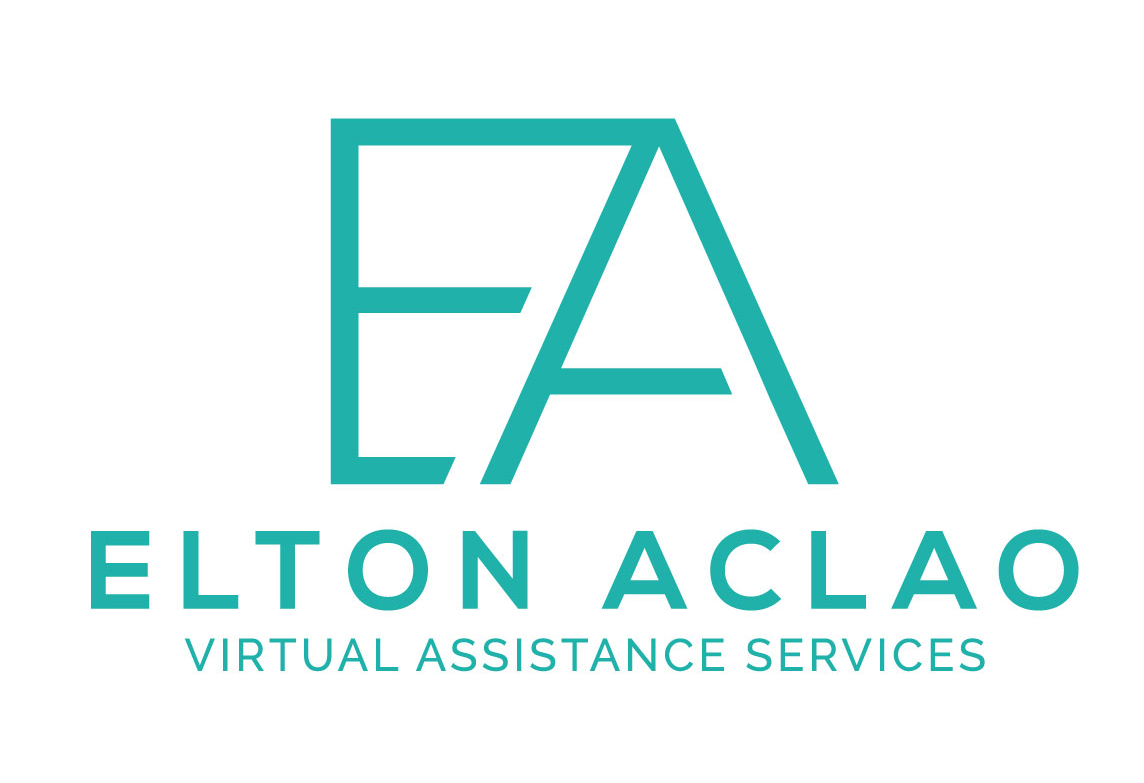You’ve just landed your first remote role as a virtual assistant—congratulations! But now you might be wondering: What happens next? Starting a new job is exciting, but stepping into a virtual role can feel intimidating—especially if you’ve never worked remotely before.
No office walkthroughs. No coworkers to casually ask for help. And possibly, no clear roadmap.
Don’t worry—we’ve got you. This guide will walk you through exactly what to expect in your first week as a virtual assistant, with tips to help you feel confident, organized, and ready to shine.
Why the First Week Matters for Virtual Assistants
The first week in any new job is crucial—but for virtual assistants, it sets the tone for communication, expectations, and trust. Remote clients need to feel confident that you’re reliable, self-motivated, and proactive.
How you show up in Week One will determine how quickly you earn trust—and how much responsibility and opportunity you’re given in the future.
Day-by-Day: What to Expect in Your First Week
Day 1: Welcome and Onboarding
Your client or employer may kick things off with a welcome email or video call. This is typically when you’ll:
- Meet your main point of contact
- Get access to essential tools (email, Slack, CRM, etc.)
- Receive brand guidelines, SOPs (Standard Operating Procedures), or onboarding documents
- Set expectations for working hours, communication preferences, and deadlines
Tips for Day 1:
- Double-check all login credentials
- Ask clarifying questions about roles and responsibilities
- Introduce yourself in Slack or wherever the team communicates
Days 2–3: Training and Task Familiarization
You’ll likely start receiving small tasks or shadowing workflows. These might include:
- Scheduling appointments
- Organizing inboxes or calendars
- Updating spreadsheets or databases
- Drafting basic emails or client responses
Tips for Days 2–3:
- Take detailed notes during training
- Save SOPs, videos, or guides for future reference
- Clarify how to submit completed tasks
Days 4–5: Taking Initiative and Getting Comfortable
By the end of the week, your client will expect you to be somewhat self-sufficient. You might:
- Complete simple tasks independently
- Propose improvements to workflows
- Join your first internal or client-facing meeting
Tips for Days 4–5:
- Send a short recap of your accomplishments for the week
- Ask for feedback proactively
- Start building your task list and weekly plan for Week 2
Common Tasks Assigned in Week One
While each VA role is different, these are common Week One tasks:
- Calendar and inbox management
- Formatting documents or spreadsheets
- Data entry or cleanup
- Posting content to social media
- Research tasks (competitors, leads, software tools)
- Customer support responses or live chat coverage
Your client may assign one-off tasks or ongoing responsibilities depending on your contract.
Essential Tools You’ll Likely Use
Many virtual assistants are introduced to these tools in Week One:
- Communication: Slack, Zoom, Loom, Google Meet
- Project Management: Trello, ClickUp, Asana, Notion
- File Sharing: Google Workspace, Dropbox
- Scheduling: Calendly, Google Calendar
- CRM and Automation: HubSpot, Dubsado, Airtable
If you’re unfamiliar with any tools, don’t panic—take the time to learn. Most offer free tutorials and user-friendly dashboards.

How to Make a Great First Impression as a Virtual Assistant
Be Proactive
Don’t wait for instructions. Ask how you can help. Offer to organize docs, flag errors, or suggest process improvements.
Communicate Clearly
Summarize progress in daily or weekly updates. Let your client know if you’re stuck or unclear on a task.
Manage Your Time
Stick to deadlines, even for small assignments. Use Google Calendar or time tracking tools to stay organized.
Show Professionalism
Respond promptly, use proper grammar, and keep your workspace distraction-free.
How Our Company Supports Virtual Assistants in Their First Week
At EA Virtual Assistance Services, we understand how important the first week is in setting the tone for success.
We help you start strong by providing:
- Client-aligned onboarding support with clear checklists and timelines
- Access to training resources on tools, workflows, and communication
- Mentorship from experienced VAs who’ve been where you are
- Job matching that considers your strengths, preferences, and goals
Whether it’s your first VA gig or your fifth, we help ensure you’re set up for success.
FAQs: Starting Your First Week as a Virtual Assistant
1. What if I don’t understand a task?
Ask! Clients prefer that you clarify than guess. Use Slack or email to ask concise questions.
2. What should I do if I finish tasks early?
Send a quick update and ask what’s next—or take initiative on a low-priority task (like organizing files).
3. How soon should I expect feedback?
Some clients check work daily; others weekly. Don’t be afraid to ask, “Would you like me to send regular updates?”
4. What if I make a mistake?
Own it, fix it, and explain how you’ll prevent it moving forward. Everyone makes mistakes—how you handle them matters.
5. Do I need to track my hours?
If you’re hourly, yes. Use tools like Toggl or Clockify. If you’re on a retainer, ask about expectations.
Conclusion: Your First Week as a Virtual Assistant Sets the Stage
Your first week as a virtual assistant is a learning curve—but also a huge opportunity. It’s your chance to prove your value, set expectations, and build trust with your new client.
With clear communication, initiative, and a willingness to learn, you’ll go from “new hire” to “go-to resource” in no time.
Ready to land your first (or next) VA job? Send your resume to recruitment@eavaservices.com or sign up for job alerts—we’ll help match you with remote opportunities that support your growth.


Leave a Reply